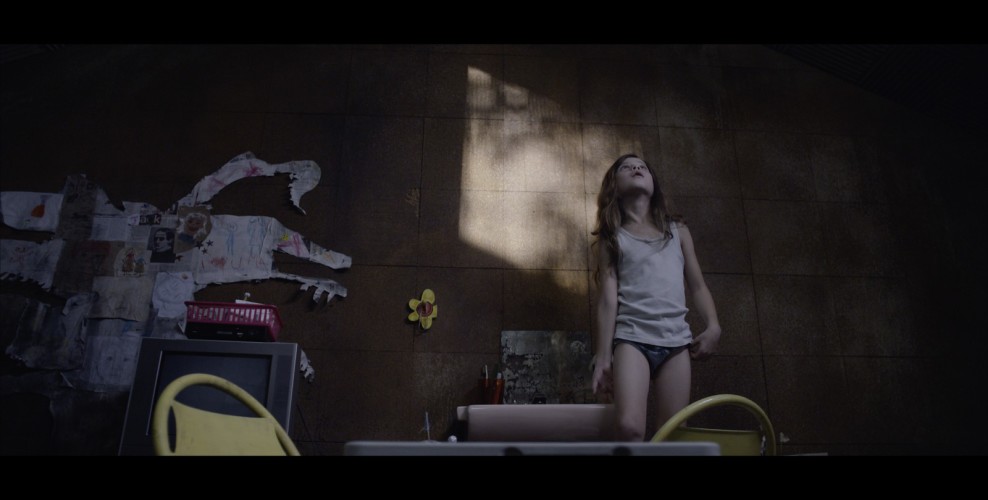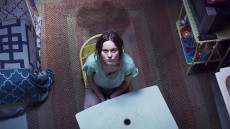 Director Lenny Abrahamson’s Oscar nominated, Golden Globe-Award winning film Room is a heart wrenching survival story detailing the precarious existence of an abducted young woman and her son born of this, both during and after captivity.
Director Lenny Abrahamson’s Oscar nominated, Golden Globe-Award winning film Room is a heart wrenching survival story detailing the precarious existence of an abducted young woman and her son born of this, both during and after captivity.
Anchored in an extreme context of violence against women, some equally sobering matters, such as children of rape and even Stockholm Syndrome, inevitably come to the fore.
Most salient, however, are the other, more allegorical themes including mother’s love, the isolation of domesticity and childrearing, the burden of freedom, and the alternate worlds that all parents, to varying degrees, create in order to protect their children and themselves from harsh realities.
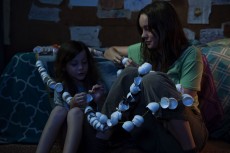 Viewed from this angle, all who watch Room; parents and children of parents, will bring to an understanding of it their own idiosyncratic familial experiences.
Viewed from this angle, all who watch Room; parents and children of parents, will bring to an understanding of it their own idiosyncratic familial experiences.
Fresh off his work for Beyonce’s newest and groundbreaking video Formation, production-designer Ethan Tobman spoke with Kid-In about designing Room, and the challenges of fitting great things in small spaces.
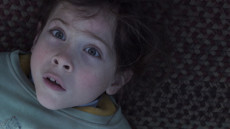 What element in the script or cast made you decide to work on this film?
What element in the script or cast made you decide to work on this film?
I had read the book several months prior and couldn’t get it out of my mind. I had also seen Frank, Lenny Abrahamson’s previous film, and was dying to work with him. Once they cast Brie Larson in the main role I felt that, despite the traumatic subject at hand, this was a great opportunity to convey a naturalism exceptionally rare in American cinema.
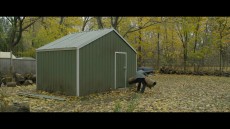 How true is the screenplay adaptation to the novel?
How true is the screenplay adaptation to the novel?
We all respected the novel’s power and its devoted following. But in creating a visual story, you have to sometimes get to the root of an author’s intention and translate it into the language of cinema.
I think Lenny, in particular, had an enormously intricate magic trick to pull off in attempting to maintain audience interest in the second half of the film, and in, essentially, combining two different movies into one. Very few directors would be capable of striking that balance through performances,  design, camera, pacing, and music.
design, camera, pacing, and music.
How did you approach the problematic confines of the small room; what strategy was ultimately decided upon and how did it come about?
While interviewing for Room, I was in the midst of designing (music band) OK-Go’s video The Writing’s on the Wall – a fairly intricate set, requiring much math and pre-visualization. Similarly, I approached the spatial constraints of Room as a riddle to be 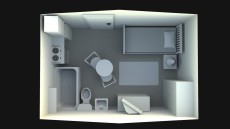 solved through geometry. How do you get seventy people on a film crew to fit in a space made for two? I felt the answer was that you wouldn’t, but rather, I approached the set as an inverted Rubik’s Cube. Every panel and every square could be removed from the outside, allowing us to peer in. This proved helpful, both for the intimacy of performances and in allowing us to create a naturalistic environment.
solved through geometry. How do you get seventy people on a film crew to fit in a space made for two? I felt the answer was that you wouldn’t, but rather, I approached the set as an inverted Rubik’s Cube. Every panel and every square could be removed from the outside, allowing us to peer in. This proved helpful, both for the intimacy of performances and in allowing us to create a naturalistic environment.
What were some specific challenges you faced from such small surface space?
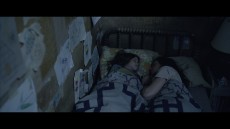 ‘Room’, as the space is referred to, is the smallest set I’ve ever built. But, in many ways, Lenny and Brie felt it was the largest they’ve ever filmed. Every square inch needed to convey years of trauma, development, and love. We conducted a series of experiments and extensive research. We did light-studies to see how the sun might hit the walls at different times of year through one window. We watched Brie and Jack rehearse and noted where he scratched and hit the walls. We tried to age the walls there to show how he would have interacted with them at age two versus age five, and how his intelligence
‘Room’, as the space is referred to, is the smallest set I’ve ever built. But, in many ways, Lenny and Brie felt it was the largest they’ve ever filmed. Every square inch needed to convey years of trauma, development, and love. We conducted a series of experiments and extensive research. We did light-studies to see how the sun might hit the walls at different times of year through one window. We watched Brie and Jack rehearse and noted where he scratched and hit the walls. We tried to age the walls there to show how he would have interacted with them at age two versus age five, and how his intelligence 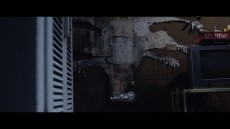 advances with his height. In all, there were thirty-two different colors created by bleach and through darkening of the tiles. We tried to create a sort of tapestry, to convey the enormous intimacy that their time in ‘room’ afforded Mother and son.
advances with his height. In all, there were thirty-two different colors created by bleach and through darkening of the tiles. We tried to create a sort of tapestry, to convey the enormous intimacy that their time in ‘room’ afforded Mother and son.
One of the most redemptive aspects of the film was the convincing and beautiful, though very complex relationship between the mother, Ma and her son, Jack. How did your set help enable this unique bond to develop between the actors and come across in the 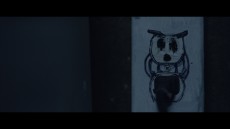 characters?
characters?
When we cast Jack, Lenny realized we needed to develop a tremendous intimacy between actors Jacob Tremblay and Brie Larson, in an unrealistic amount of time. No seven-year-old can suddenly trust a stranger employed to play their mother. I had been collecting trash and objects to make toys that Ma and Jack would have made in captivity, and Lennie suggested we break the ice by allowing Brie and Jacob to make art together with me. Eventually, they started making art on their own; bonding over Star wars and The Teenage Mutant Ninja Turtles and becoming fast friends. A lot of 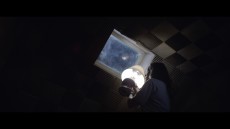 the work they created themselves ended up on the set and the process really created a genuine intimacy that would have otherwise been difficult to achieve so quickly.
the work they created themselves ended up on the set and the process really created a genuine intimacy that would have otherwise been difficult to achieve so quickly.
If ‘room’ stifles through it’s smallness and yet bonds the two, what does the family home achieve for the interiority of the characters of Ma and Jack, for their relationship, and for the plot of the film, and how?
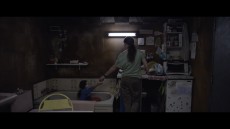 Back to what attracted me to the project; it was also this precise and brutal irony: that Jack and Ma’s captivity really begins once they are liberated. Toward this end, I approached designing the two halves to the film (inside ‘room’ and outside ‘room’) counter-intuitively. ‘Room’ is warm, safe and personal. The world outside; the hospital, Ma’s childhood home, is cold, unsafe and impersonal. All the idiosyncratic character in ‘room’s’ familiar surroundings that comforted Jack is replaced by the wall-to-wall carpeting, the wallpaper, and the mass produced furniture. And, in fact, we echoed some of the language of ‘room’
Back to what attracted me to the project; it was also this precise and brutal irony: that Jack and Ma’s captivity really begins once they are liberated. Toward this end, I approached designing the two halves to the film (inside ‘room’ and outside ‘room’) counter-intuitively. ‘Room’ is warm, safe and personal. The world outside; the hospital, Ma’s childhood home, is cold, unsafe and impersonal. All the idiosyncratic character in ‘room’s’ familiar surroundings that comforted Jack is replaced by the wall-to-wall carpeting, the wallpaper, and the mass produced furniture. And, in fact, we echoed some of the language of ‘room’ 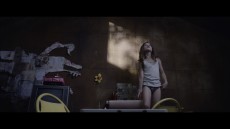 consciously in the second half; with the closets, the pitched-ceilings and the lamps of his new surroundings. These serve as a reminder to both Jack and the audience that our characters’ journey towards freedom is just beginning.
consciously in the second half; with the closets, the pitched-ceilings and the lamps of his new surroundings. These serve as a reminder to both Jack and the audience that our characters’ journey towards freedom is just beginning.
Yes, a really interesting phenomenon was the dearness that room held for the boy after escape. What were 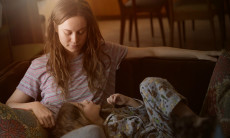 some emotional challenges for yourself or for other crew members in shooting especially the beginning scenes that took place in ‘room’?
some emotional challenges for yourself or for other crew members in shooting especially the beginning scenes that took place in ‘room’?
There was a genuine intimacy forced upon the key-creative team through this kind of filming and such content. Brie and I spoke with trauma specialists and researched such disparate subjects as Auschwitz, Favelas, and Tokyo micro-apartments. We also cooked together as a family on most weekends to help get us through it.
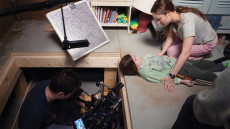 And, how was this negotiated with Jacob Tremblay – any anecdotes about how Abrahamson approached directing his youngest actor?
And, how was this negotiated with Jacob Tremblay – any anecdotes about how Abrahamson approached directing his youngest actor?
We did not share much of the horror of Jack’s predicament with young Jacob, our actor. While his character in the film knows “Old Nick is a bad man,” he doesn’t know the extent of Ma’s sexual abuse, or even his own origins in life. Lenny himself has two small children and really helped steer me towards creating a safe, creative, yet professional environment 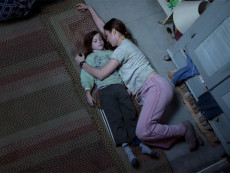 around the actor and character.
around the actor and character.
On the one hand, we needed to create a place that was loving, gentle and sensitive for Jacob, as a working environment with long hours, extreme conditions and the pressure of filmmaking. On the other hand, we never wanted him to feel it was a playground. Any child actor will lose focus and start to giggle or get bored over the course of a day, let alone a month.
Both Brie and Lenny were particularly brilliant at working as a team in guiding Jacob to an extraordinary  performance that only someone as talented as he could deliver. And, I think we all practiced patience and gentleness in situations where we would usually rush.
performance that only someone as talented as he could deliver. And, I think we all practiced patience and gentleness in situations where we would usually rush.
Finally, Lenny’s most intelligent decision was to shoot chronologically. It was an expense for production but it was the only way to calibrate the growing love and anxiety of Jack’s story for such a young actor.
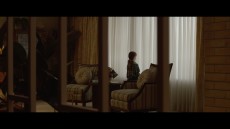 I left the theatre with the hope that children might be exceptionally resilient. Eventually, even the mother begins to catch up with her son’s progress and this too constitutes a redemptive aspect that transcends the often ugly subject matter. Why do you think this film was made, what was the ultimate message for you?
I left the theatre with the hope that children might be exceptionally resilient. Eventually, even the mother begins to catch up with her son’s progress and this too constitutes a redemptive aspect that transcends the often ugly subject matter. Why do you think this film was made, what was the ultimate message for you?
Emma Donaghue, both the writer of the novel and the screenplay, told us she wrote Room after the birth of her first son; in the wake of the anxieties, fears, yet unbound love she felt as a young mother. Room is therefore 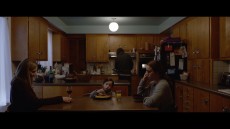 more a universal story, told in the context of an extraordinarily horrific circumstance. It’s a metaphor, one we can all relate to.
more a universal story, told in the context of an extraordinarily horrific circumstance. It’s a metaphor, one we can all relate to.
For example, Jack and Ma’s relationship becomes less intimate outside room, just as mothers must let go of their children to some degree as they grow older and more independent.
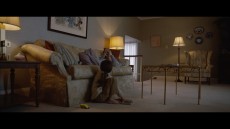 There’s a great line in the movie, when a doctor tells Ma that Jack is still plastic and so will adapt faster to the outside world than Ma. I think that’s the beauty of both Emma’s story and of what I see as the resilience of childhood, in the context of the film: you don’t yet know or understand evil. Jack knew only love and would do anything he could to protect it.
There’s a great line in the movie, when a doctor tells Ma that Jack is still plastic and so will adapt faster to the outside world than Ma. I think that’s the beauty of both Emma’s story and of what I see as the resilience of childhood, in the context of the film: you don’t yet know or understand evil. Jack knew only love and would do anything he could to protect it.
– Larissa Zaharuk
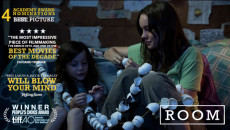
To view “Room’s” trailer here: ttps://vimeo.com/147549411
More of Ethan Tobman’ s work: http://www.ethantobman.com

